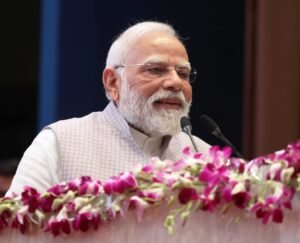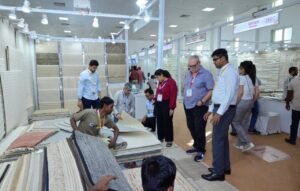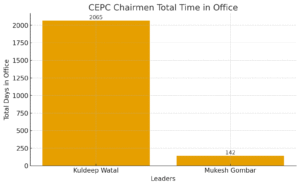The GST rationalisation in textiles will remove distortions, lower production costs, boost demand, support exports, and enhance India’s global competitiveness

This welcome step will stimulate domestic consumption and catalyse India’s textile and apparel market towards the USD 350 billion target by 2030
The textiles industry warmly welcomes the recommendations of the 56th Meeting of the GST Council held in New Delhi on 3rd September 2025, in pursuance of the Next-Generation GST reforms announced by Hon’ble Prime Minister Shri Narendra Modi on 15th August 2025, describing them as a citizen-centric and strategic evolution of India’s tax framework.
In the true spirit of ‘Virasat Bhi aur Vikas Bhi’, this rationalisation will bring handmade articles to the forefront and spur their consumption, bringing the benefits of higher demand to millions of weavers and artisans.
These landmark reforms are expected to reduce costs, remove structural anomalies, sustain jobs, and strengthen the entire textile value chain—from fibre to fashion to foreign markets. The reforms are fully aligned with the Hon’ble Prime Minister’s visionary 5F formula (Farm to Fibre to Factory to Fashion to Foreign), which seeks to position India as a global textile powerhouse.
The GST rationalisation in textiles will remove distortions, lower production costs, boost demand, support exports, and enhance India’s global competitiveness. This welcome step will stimulate domestic consumption and catalyse India’s textile and apparel market towards the USD 350 billion target by 2030.
Strengthening the Value Chain
The reforms correct anomalies at the fibre stage, reduce costs at the yarn and fabric stages, improve garment affordability, revive demand at the retail stage, and enhance export competitiveness. Importantly, these measures give a strong impetus to India’s fibre-neutral policy, ensuring balanced growth across cotton and man-made segments.
Key GST Rationalisations
- Readymade Garments & Made ups):
5% GST rate up to ₹2,500/piece (earlier ₹1,000) on items of readymade garments and made ups (excluding HS (other than 63053200, 63053300, 6309)). This makes affordable apparel cheaper, particularly for middle-class and low-income households. It is expected to revive demand in Tier-2/3 towns and rural markets. Given the labour-intensive nature of garmenting, higher demand will sustain and expand employment, especially for women in stitching, tailoring, and finishing units. The move will also support Make in India brands, helping them compete with cheap imports in low and mid-price segments. - Man-Made Fibres & Yarns:
GST reduced from 18%→5% (fibres) and 12%→5% (yarns). This corrects the inverted duty structure (IDS), aligns fibre–yarn–fabric rates, and removes long-standing working capital burdens on manufacturers. With a large share of MMF production in small and medium units, the cut eases cost pressures, strengthens cash flows, and makes Indian MMF-based garments globally more price-competitive—supporting India’s ambition to emerge as a hub for synthetic textiles and MMF garments. - Carpets & Floor Coverings (HS 5701–5705):
GST reduced from 12% to 5%. This will boost exports from clusters such as Bhadohi and Srinagar, strengthen traditional crafts, and improve affordability in domestic markets. - Handicrafts & Handlooms:
GST reduced from 12% to 5% on 36 handicraft items, cotton rugs of handloom, and handwoven carpets under HS 5705. This measure will provide relief to artisans, enhance rural livelihoods, and support India’s rich craft traditions. - Sewing Machines (domestic and industrial covered under HS 8452):
GST reduced from 12% to 5%, easing costs for tailoring units and boosting domestic manufacturing.
Complementary Measures
The Council has also recommended:
- Simplification of the refund process in the case of both zero-rated supply and inverted duty structure, based on system-driven risk evaluation.
- Removal of the ₹1,000 threshold for small consignments using courier/postal mode, which is a very positive step.
- A Simplified GST Registration Scheme for small and low-risk businesses.
- Introduction of a Simplified Registration Scheme for small suppliers supplying through electronic commerce operators.
These measures will further help small businesses by easing compliance and reducing operational hurdles.
The Next-Generation GST reforms are a historic leap forward for India’s textile sector. By reducing costs, reviving demand, correcting anomalies, and supporting exporters, the reforms embody the spirit of ‘Virasat Bhi aur Vikas Bhi’—preserving India’s rich textile heritage while enabling global competitiveness.
The Ministry of Textiles reaffirms its commitment to work hand-in-hand with industry stakeholders, exporters, artisans, and entrepreneurs to ensure these reforms serve as a catalyst for India’s march towards becoming a USD 350 billion textile economy by 2030.





